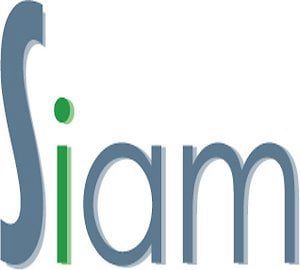21st ATP of the CLP Regulation in force!

Image: Flickr
The new regulation came into force on January 25, but its application is voluntary until September 5, 2025. The regulation represents the twenty-first adaptation to technical progress (ATP) of the CLP regulation, which in this case means the harmonization of the classification of substances listed in the said regulation. The classification concerns the hazards, specific concentration limits, M-factors, etc.
28 ADDITIONS AND REVISION OF 24 SUBSTANCES ON THE LIST OF HAZARDOUS SUBSTANCES!
Some examples
The proposals include an evaluation and classification of specific M-factors, specific concentration limits and toxicity values (ETA) of substances as part of their overall classification. We will discuss some of these below.
1. modified substances
Existing entries are replaced by new ones containing the following substances:
- Benzyl alcohol, CAS 100-51-6
- Methyl acrylate; Methyl propenoate, CAS 96-33-3
- Solid lead [particle diameter ≥ 1 mm], CAS 7439-92-1
- Lead powder [particle diameter 1 mm], CAS 7439-92-1
2. new entries
The classification of new substances has been harmonized, including the following:
- Nonylphenol, branched and linear, ethoxylated (of average molecular weight less than or equal to 1540 g/mol) [including ortho-, meta-, para- or isomeric combinations thereof], CAS 127087-87-0 9016-45- 9 26027 -38-3 68412-54-4 27986-36-3 20427-84-3 27176-93-8 1119449-38–5 7311-27 -5 2-7942-27-4 26-264-02- 8 271 -77-05-5 1440-9-72-4 and others
- Cinnamaldehyde; 3-phenylprop-2-enal; cinnamaldehyde; cinnamon [1] (2E)-3-phenylprop-2-enal [2], CAS 104-55-2 [1] 14371-10-9 [2]
- 4,4′-[2,2,2-Trifluoro-1-(trifluoromethyl)ethylidene]diphenol; Bisphenol AF, CAS 1478-61-1
What are the next steps?
This update of the harmonized classifications for the list of hazardous substances means that companies need to review the classifications used in their products. They will also need to make changes to the label/safety data sheet of the affected products to include the new hazard classifications. To make the transition more acceptable for companies, the Commission has set a transitional period until September 5, 2025. During this transitional period, the legal requirements resulting from the application of the new classification are voluntary.
Sources: ♦ eur-lex.europa 1 ♦ eur-lex.europa 2
Also read: Next steps for the PFAS restriction proposal
Reservation
This information has been compiled with the greatest possible care, in some cases from different information sources. (Interpretation) errors are not excluded. No legal obligation can therefore be derived from this text. Everyone dealing with this subject has the responsibility to delve into the matter!
